OK. I’ve read a lot of the discussions about stairbuilding, and none of the advice seems directly on point, so I would appreciate your good advice on the following. I’ve got three runs (a story and a half) of plywood stairs that I am ready to start finishing. I’ve got some gorgeous reclaimed Douglas fir that has uniformly planed down to 1 –3/16ths thick. The stairs were built to be covered with finished wood – that is, the risers anticipate an inch+ additional height. The stairs are built with 2X12 (?) stringers, three each run, covered with full one inch plywood treads and ½ inch plywood risers, all very solidly screwed to the stringers. I was going to just ask you about gluing up the treads (they will require three lengths of the fir), and whether to nail or screw them to the plywood, but from reading all the chat here, I’m gathering that I should glue the fir to the plywood – and maybe also nail or screw?? I can’t screw from below as two runs are sheetrocked below; but I’m not opposed to the look of screws & plugs. As a woodworker (not builder/carpenter) it seems unusual to glue solid wood to plywood; the one will expand & contract, the other will not.
How should I proceed??? I’ll appreciate any advice.
Thanks.
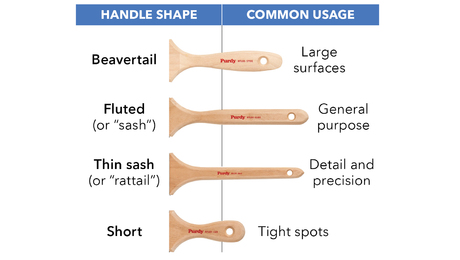
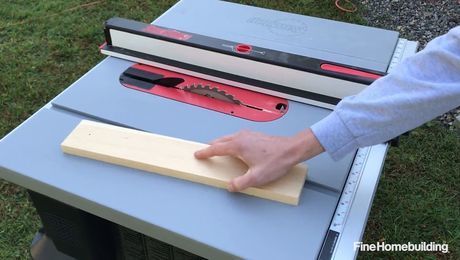
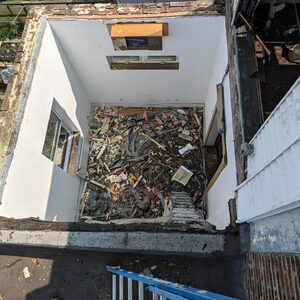
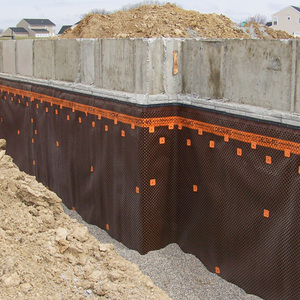
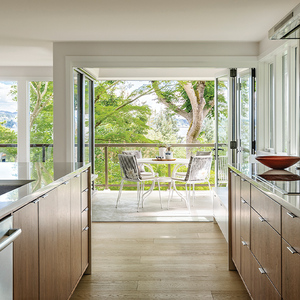
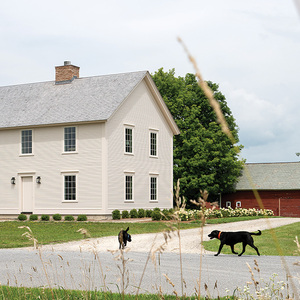




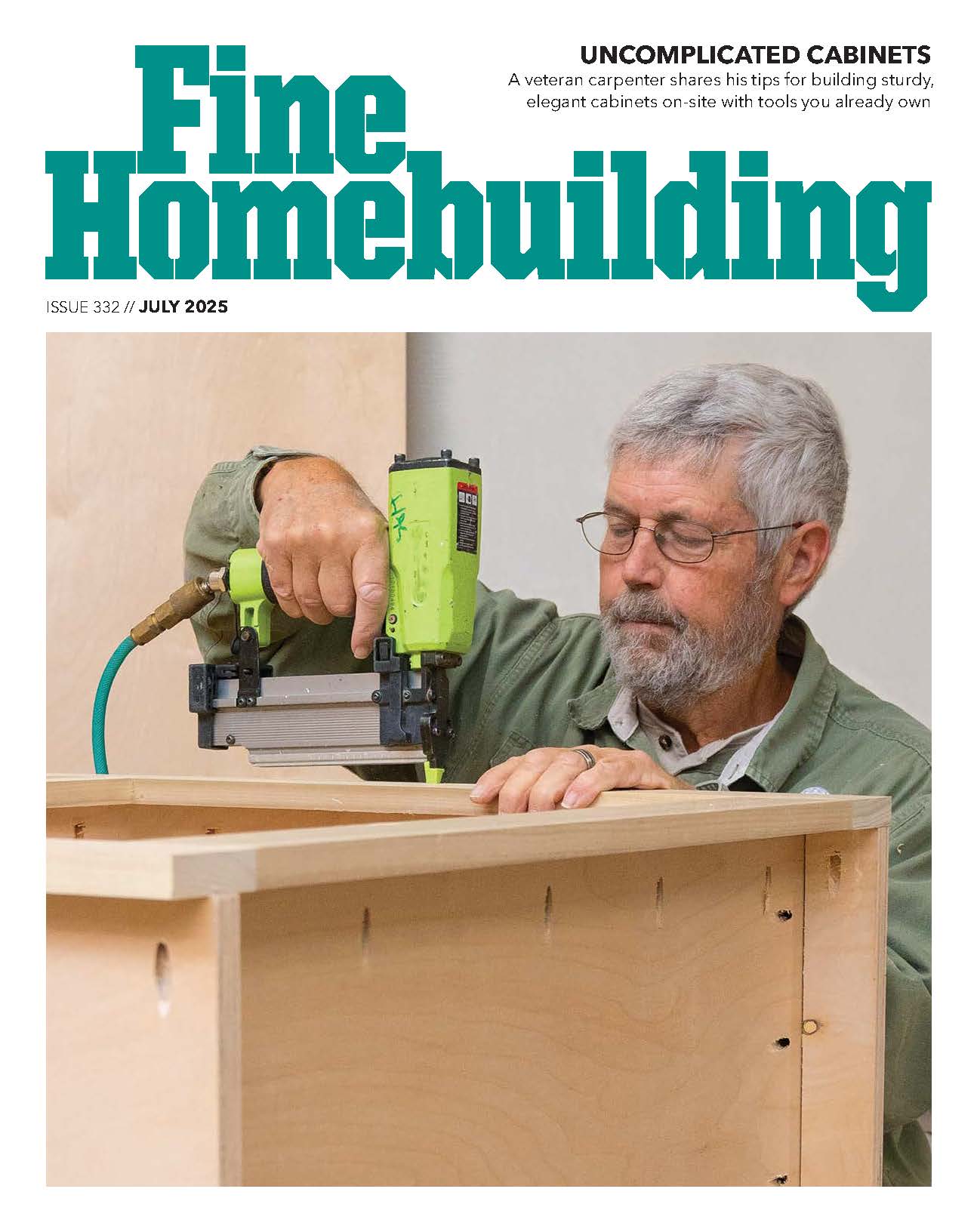








Replies
If you add 1-3/16" treads over the existing treads, then the bottom step is going to be that much higher than the others, and the top step that much lower, unless the stairs were originally designed and built to have the finish treads added later. Buliding codes typically require that all steps be the same height to within 3/8" or so. You may have to remove the plywood treads before installing your fir treads.
The stairs were designed to have finished wood added. The bottom riser is a little more than an inch lower than the rest, and the top one is higher.
Go to http://www.codecheck.com and scan their pages for the general dimensions for the risers and treads and ratios. In most cases I have done, adding tread caps (also known as tread savers in some areas) on the closed and open sides of the stair don't conflict with code items. Adding solid wood starter treads and top landing treads require you to match the original riser tread spacing (read shim and scab on 2x material. It sounds like you intend to replace them all with the thick fir,which absed on the dimensions provided, keep you kosher with the original riser timing.
After you consider the code issues on height from tread to tread when you add the thick fir, you may, as noted before, have to pull the ply off. But you then get into the following; are the stringers close enough together to provide the proper span and support for the load ( as noted there are 3 2x12s, but what is the width of the stair and the stringer spacing?); you'll find the carpenter probably used adhesive to tie the ply down to the stringers (and then screwed it down) which may require a lot of scraping and leveling of the stringer flats to remove the shredded ply; and the overhang (nose) has to be considered.
The nose edge of your new tread (glued up slab of fir) has a soft edge. Have you considered how the edge will be done? Many folks '" slide" their way down the noses when descending the stair. Perhaps a contrasting hardwood, or even a bullnose edging of fir of thin strips laminated to get the wear point.
You are right about the glue approach..Even if you have the fir dry to 8-10% MC the house MC will swing a bit further. You can shellac seal the backs to inhibit MC pickup, but what is the plan for the room side finish?
I have used screws and plugs on oak and cherry, and take the time to make my own tapered plugs to match the grain. Drill with a 3/8" Forstner first then your screw pilot through to the stringer and you'll love the results.
Duster --- thanks for all the info. I wasn't really ignoring you --- I got called out of town very suddenly.
I haven't made myself clear -- I'm finishing a previously unfinished house. My contractor completely rebuilt the stairs (every run was WAY out of code). They were built inluding a fir tread into the calculations for the original rise. They will be within code when I put on the fir; they are out of code without the fir.
Noses: I'm just going to put a small round-over on them; I actually welcome the wear. If I could get my hands on used treads with 100 years of walking up and down, I'd love it. However, I guess if they got tooo awful I could put a fir -- or contrasting -- strip on the edge.
Finish: The wood is very dry (I don't have a MC meter, but it's got to be quite low). The wood is reclaimed from an old building, and it has been sitting over my heated slab floor for almost a year. The problem won't be original moisture but, as you say, house moisture during the warmer rains. I'm planning to put several coats of a tung oil finish on; everything else in the house (cabinets, trim etc.)is finished with Minwax's Antique Oil -- I like the way it brings out the color and encourages it to change. I expect my tung oil finish has some other stuff in it -- it is Dalys BenMatte. They never tell you what's in them; but it says it has the "added protection of synthetic resins.." It sure seems to put a much thicker finish on than the plain oil. Think I can use this on the backs, too? And then how, besides with screws, should I put them down? Should I glue? Do those construction adhesives have any sort of 'give' in them?
Thanks again for your help.
I think the conventional wisdom is that you don't put solid wood treads over plywood. When the stringers were cut they should have been cut with the eventual 1-3/16" tread thickness in mind, and the plywood should have been temporary. You would remove the ply and add the fir when you're ready.
That said, your stairs have the ply and you probably need to either: 1) leave it there and fir over it, 2) remove it and add shims of equal thickness, or 3) remove it, break the stringers loose and jack them up to the correct height for the fir.
Your original post says that the plywood is well screwed to the stringers, and if that's really the case, I would probably leave it and attach the fir treads WITHOUT GLUE by screwing into the fir from the underside of the plywood. I would predrill holes through the plywood that are slightly larger than the screws, and use screws with large heads. You want the fir to be able to move relative to the plywood, and you want the screws to be able to move a little too. There are heavy duty screws with 'wafer' heads available (at least where I buy) and you could also use a washer on each screw. If you fasten those treads down butt-tight to the plywood they may crack later. You probably want to put something between the ply and fir, maybe a layer of rosin paper or 15# felt. If you are unwilling to create access to the underside then you need to screw thru the fir, which calls for small holes drilled with a Forstner bit and tapered wood plugs glued in over them (buy a plug cutter and make fir plugs from a scrap). You may have to do this on the bottom tread regardless. You need to screw into both the ply and the stringers if possible--think #10 x 3 screws.
Re gluing up widths for the treads, you do this first--grain match your pieces nicely and then use biscuits to align during gluing. Titebond glue is fine for what you're doing. If you can find someone with a wide belt sander (cabinet shops have them), rent a half-hour of their time and sand the treads flat. Run a full 180 degree roundover on the nosings, because people's feet expect that when they walk stairs--less trip hazard.
Bottom line to me is that the project was done a bit incorrectly. If a client called me with this job, I would be removing the plywood, resetting the stringers, removing any sheetrock in the way, etc. Others have said they set wood over plywood and won't agree with me.
Thanks for the help. I've been gluing up the treads, with a double row of biscuits in each; then running them thru the thickness planer, taking off just a tiny hair. I barely have to sand them after that.
Your advice makes good sense to me. What about screwing them solidly (i.e., without a slot) at the back of the tread and letting the front part "float"? I can order some of those screws with wafer heads, and use them for the forward screws.
Can I back-prime with the penetrating oil? What would be the advantage of the shellac that's been suggested?
For the record, this reclaimed fir is absolutely gorgeous, and a lot harder than the new stuff.
Thanks!
Deb
You could let only the front float, but I don't see the benefit--the riser sits on top of the tread and any movement there will still be concealed. Remember--the best building work takes into account the movement of the materials. EVERYTHING we build with moves, whether in response to heat, moisture, load, loud rap music, or whatever. Let those treads slide around on that plywood.
You could back-prime with anything, and a lot of people use the pigmented shellac products because they're easy to use and anything will stick to them. I've taken to running 3 or 4 very shallow kerfs spaced across the back of wide stuff like treads, wall caps, etc. Don't know if it helps but it makes me feel better.
Thanks.